
Introduction The Dachshund, affectionately known as the “wiener dog” or “sausage dog,” is a small breed with a distinctive elongated body and short legs. Known for their playful and courageous personality, Dachshunds make excellent companions for individuals and families alike. Despite their small stature, they possess a bold presence and require specific care to maintain their health and happiness. This comprehensive guide delves into the breed’s history, weight chart, diet, supplements, grooming, coat colors, lifespan, litter size, origins, training, and common health issues.
🐾 History of the Dachshund

Originating in Germany, the Dachshund’s name translates to “badger dog,” reflecting their original purpose of hunting badgers. Developed over 300 years ago, these dogs were bred for their keen sense of smell, determination, and unique body shape, allowing them to dig into burrows and confront prey underground. The breed comes in two sizes: standard and miniature. The standard Dachshund was primarily used for hunting badgers and wild boar, while the miniature variety was developed in the 1800s to address a boom in Germany’s rabbit population. Dachshunds have since transitioned from hunters to beloved household pets, known for their loyalty and spirited nature.American Kennel Club
🐶 Dachshund Size & Weight Chart
Dachshunds are categorized into two main sizes: standard and miniature. The American Kennel Club (AKC) defines their weight ranges as follows:Raised Right – Human-Grade Pet Food
- Standard Dachshund: 16–32 poundsRaised Right – Human-Grade Pet Food
- Miniature Dachshund: Under 11 poundsRaised Right – Human-Grade Pet Food
Here’s a general weight chart for Dachshund puppies:Pawlicy Advisor

| Age (Months) | Weight (lbs) |
|---|---|
| 1 | 3–5 |
| 2 | 5–11 |
| 3 | 6–13 |
| 4 | 8–17 |
| 5 | 10–20 |
| 6 | 12–25 |
| 7 | 14–27 |
| 8 | 15–29 |
| 9 | 15–30 |
| 10 | 15–31 |
| 11 | 16–32 |
| 12 | 16–32 |
Note: These figures are approximate; individual growth rates may vary.

🎨 Coat Colors and Patterns of the Dachshund
Dachshunds boast a variety of coat colors and patterns. Common colors include:Pawlicy Advisor+2Dachshund Club of America+2Dogster+2
- Red
- Cream
- Black & Tan
- Chocolate & Tan
- Blue & Tan
- Wheaten
- Wild Boar
Patterns can vary and include:
- Brindle
- Dapple (Merle)
- Piebald
- Sable
These combinations result in a diverse array of appearances within the breed.

⏳Lifespan of the Dachshund
Dachshunds are known for their longevity, with an average lifespan ranging from 12 to 16 years. Proper care, nutrition, and regular veterinary check-ups can contribute to a longer, healthier life. PetMD+1Pet Releaf+1
Litter Size of the Dachshund
The average litter size for Dachshunds is approximately 5 puppies, though this can vary based on factors such as the mother’s age, health, and genetics. dachshund-health-uk
🍽️ Nutritional Needs of the Dachshund
Despite their small size, Dachshunds have specific dietary requirements to support their energy levels and overall health.
🥩 Essential Nutrients:
- Protein: Supports muscle development and maintenance.Reddit+9Reddit+9Raised Right – Human-Grade Pet Food+9
- Healthy Fats: Provide energy and promote skin and coat health.
- Carbohydrates: Offer a source of quick energy.YouDidWhat.com+4American Kennel Club+4Reddit+4
- Vitamins & Minerals: Support various bodily functions, including bone health and immune response.Reddit
- Omega-3 Fatty Acids: Aid in reducing inflammation and supporting cognitive function.
When selecting dog food, prioritize high-quality ingredients that meet these nutritional needs. The Honest Kitchen

Diet Recommendations for Dachshunds
A balanced diet is crucial for maintaining a Dachshund’s health and preventing obesity, a common concern in the breed.
Diet Tips:
- Portion Control: Measure food to prevent overfeeding.
- Regular Feeding Schedule: Consistent meal times aid digestion and routine.Reddit
- High-Quality Ingredients: Choose foods with real meat, whole grains, and vegetables.
- Avoid Human Food: Certain foods like chocolate, grapes, and onions are toxic to dogs.
Consult with your veterinarian to determine the best diet plan tailored to your Dachshund’s age, weight, and activity level.
Supplements for Dachshunds
Incorporating supplements can support your Dachshund’s health, especially in areas prone to issues within the breed.
Beneficial Supplements:
- Glucosamine & Chondroitin: Support joint health and may help prevent issues like intervertebral disc disease (IVDD).
- Omega-3 Fatty Acids: Promote healthy skin and coat, and support cognitive function.

10 Fascinating Facts About Dachshunds: Uncover the Charm of the Beloved Wiener Dog
Explore 10 intriguing facts about Dachshunds, from their unique hunting heritage to their influence on pop culture. Discover what makes these spirited dogs a favorite among pet lovers.
Introduction:
Dachshunds, affectionately known as “wiener dogs,” are more than just their distinctive long bodies and short legs. Originating from Germany, these spirited canines boast a rich history and a plethora of unique traits that have endeared them to dog enthusiasts worldwide. Let’s delve into 10 fascinating facts that highlight the charm and versatility of the Dachshund breed.
1. Bred for Badger Hunting
The name “Dachshund” translates to “badger dog” in German. These dogs were originally bred to hunt badgers, with their elongated bodies and strong forelimbs allowing them to dig into burrows and confront their prey.
2. Variety in Size and Coat
Dachshunds come in two sizes: standard and miniature. They also exhibit three coat types—smooth, long-haired, and wire-haired—each bringing its own unique appearance and grooming needs.
3. A Spectrum of Colors
This breed showcases a wide array of colors and patterns, including black and tan, chocolate, cream, and dapple. Such diversity adds to their widespread appeal among dog lovers.
4. The Hot Dog Connection
The term “hot dog” is believed to have originated from the nickname “dachshund sausages,” referencing the breed’s sausage-like shape. Over time, this moniker became synonymous with the popular snack.
5. Floppy Ears with a Purpose
Those endearing floppy ears aren’t just for show. They help prevent dirt and debris from entering the ear canal while the dog is burrowing or hunting.
6. A Favorite Among Royals and Artists
Dachshunds have been cherished by notable figures, including Queen Margrethe II of Denmark and artist Pablo Picasso, who featured his Dachshund, Lump, in several artworks. Wikipedia
7. Exceptional Sense of Smell
As scent hounds, Dachshunds possess an acute sense of smell, making them excellent trackers—a trait that harks back to their hunting origins.
8. High Prey Drive
Their hunting background contributes to a strong prey drive, so it’s essential to supervise them around smaller animals and ensure proper training.
9. Stubborn Yet Intelligent
Dachshunds are known for their intelligence and independence, which can sometimes translate to stubbornness. Consistent, positive reinforcement training is key.
10. Record-Breaking Gatherings
In 2024, the town of Regensburg, Germany, set a Guinness World Record by hosting a parade featuring 897 Dachshunds, celebrating the breed’s enduring popularity.
Conclusion:
Dachshunds are a blend of charm, intelligence, and tenacity. Their rich history and distinctive characteristics make them a beloved breed worldwide. Whether you’re a seasoned Dachshund owner or considering bringing one into your home, these fascinating facts underscore why these “wiener dogs” continue to capture hearts.

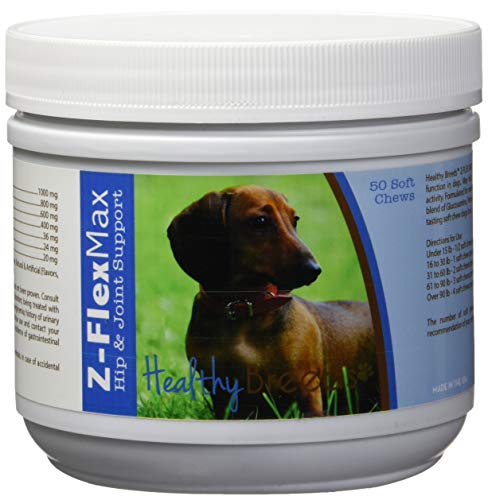
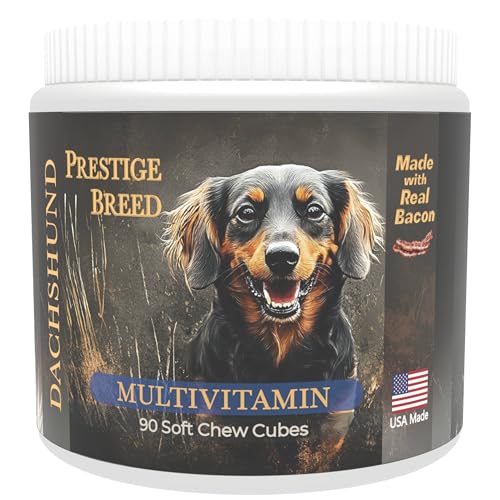

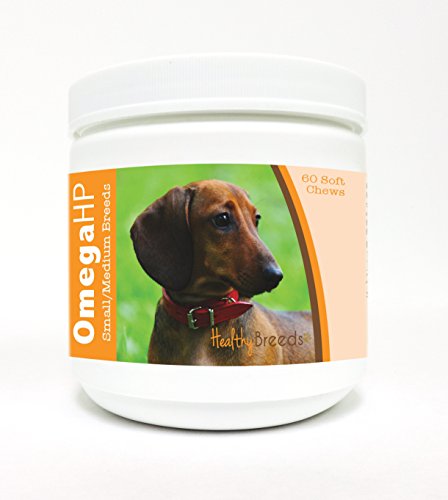
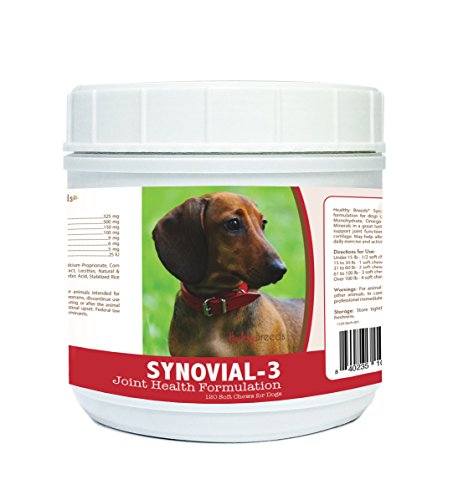
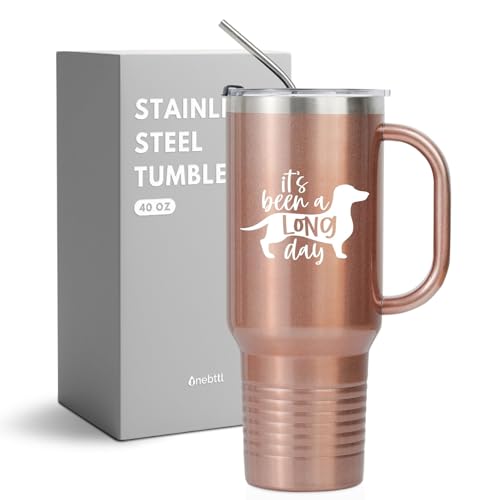
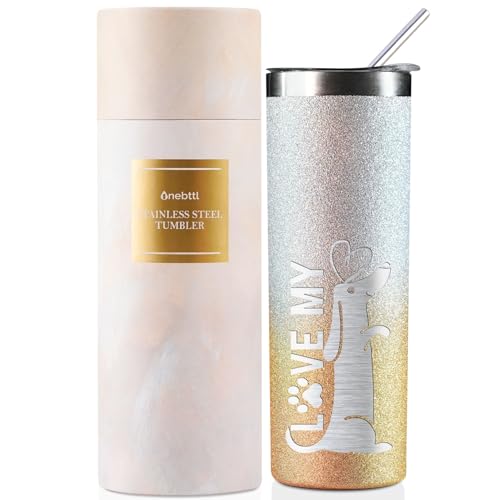

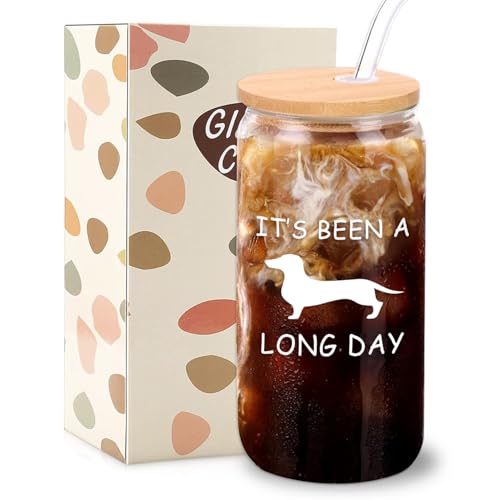

Leave a Reply